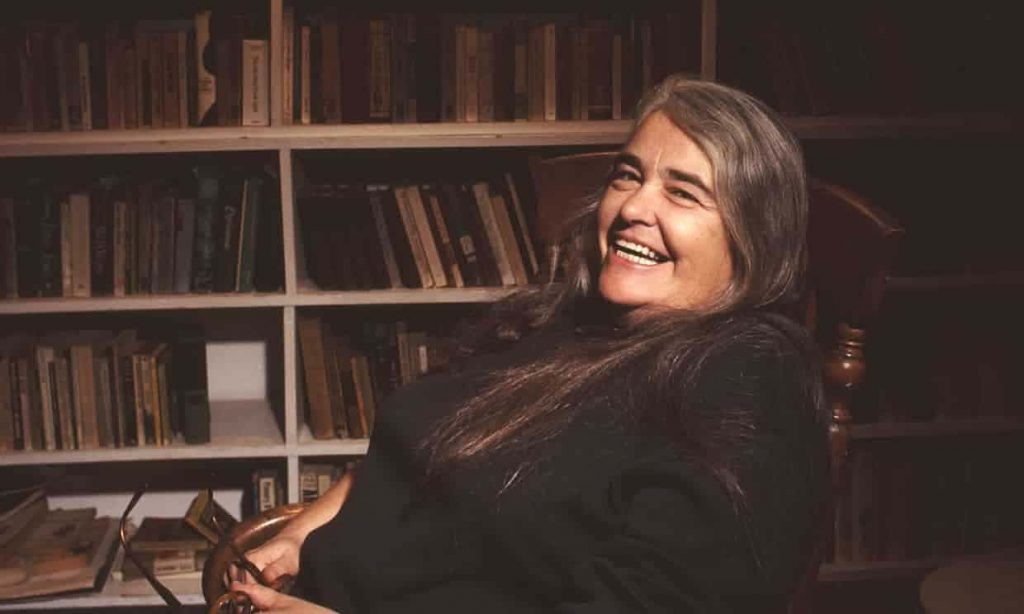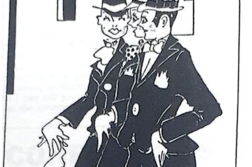THE INFLUENCE of feminist Kate Millett, who died last year, can scarcely be overstated. Her work as a writer, speaker, and educator were instrumental in shaping the principles and goals of second-wave feminism in the 1970s, while her position as an out lesbian supported her contention that women could succeed on their own and ought to reject the patriarchal values and institutions of men.
Born Katherine Murray Millett in St. Paul, Minnesota, in 1934, she was the middle of three daughters of mother who was a schoolteacher and insurance saleswoman. Her father, an engineer, abandoned the family when Millett was in her early teens. She was educated at the University of Minnesota, St. Hilda’s College, Oxford, and Columbia University, where she received her doctorate. For nearly twenty years, from the 1960s to the 1980s, she was married to Japanese sculptor Fumio Yoshimura, whom she’d met while working in Japan as a sculptor. They pursued their own sexual lives, and Millett had affairs with women; Yoshimura remarried after their divorce and died in 2002 in New York. It was during this period, starting in 1973, that Millett struggled with mental illness, later diagnosed as bipolar disorder (manic depression, as it was called back then), and was involuntarily committed to mental institutions on several occasions.

Millett was forced out of the closet by a woman—probably someone she knew—during a 1970 speech at Columbia. As she later wrote in her memoir Flying (1974), which details the ups and downs that fame had brought her, she proclaim her lesbianism, avoiding a (possibly more accurate) claim of being bisexual, because that would have been condemned as a cop-out. (Flying also includes some fascinating recollections of her friendship with John Lennon and Yoko Ono. She’d become friends with Ono while living in Japan.) When the National Organization of Women (NOW) carried out its “lesbian purges” in the early 1970s, Millett left to join the short-lived but influential Radicalesbians, which had begun as a group of lesbians in the Gay Liberation Front.
Among her dozen other books are Sita (1977), which told of her affair with a woman; The Loony-Bin Trip (1990), in which she disputed her diagnosis of manic depression and exposed the excesses of forced psychiatric hospitalization; and Mother Millett (2001), part memoir and part biography of her mother, a “formidable matriarch” and feminist in her own right.
In addition, she was a teacher (having taught at the University of North Carolina, in Japan, and at a Harlem kindergarten); a sculptor exhibiting in group and solo shows throughout her life; and a filmmaker, producing Three Lives (1971), a documentary about the lives of three American women, one of whom was her younger sister. She owned a women’s arts colony in upstate New York for over thirty years, and in 2013 was inducted into the National Women’s Hall of Fame.
Kate Millett succumbed to cardiac arrest in Paris on September 6, 2017, just days before her 83rd birthday, during her annual trip to Paris with Canadian photojournalist Sophie Keir. After a relationship of almost four decades, they had gotten married a few years earlier.






